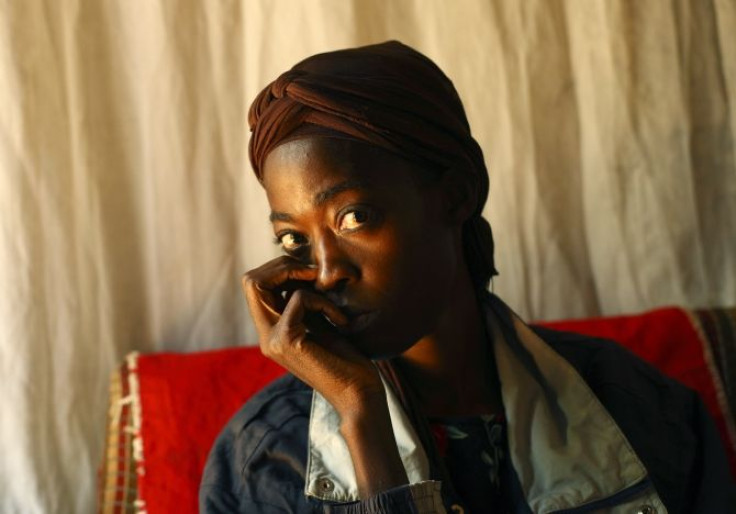US HIV Aid Saved More than 740,000 Lives in Africa

U.S. HIV aid, worth billions of dollars invested in PEPFAR, has saved more than 740 000 people from death in Africa, a new Stanford study says.
PEPFAR or The United States President’s Emergency Plan for AIDS Relief, launched in the year 2003, provides facilities for prevention and treatment of AIDS in 31 countries in Africa. It also supports research in the field.
Researchers analyzed data regarding health and survival in 27 African countries (including 9 countries where PEPFAR has helped in the fight against AIDS). The medical records for nearly 1.5 million adults included in the study were obtained from Demographic and Health Surveys.
The researchers found that the number of deaths were 16 to 20 percent lower in countries targeted by PEPFAR.
"We were surprised and impressed to find these mortality reductions. While many assume that foreign aid works, most evaluations of aid suggest it does not work or even causes harm. Despite all the challenges to making aid work and to implementing HIV treatment in Africa, the benefits of PEPFAR were large and measurable across many African countries," said Dr. Eran Bendavid, co-author of the study.
PEPFAR’s specificity had raised questions about its impact on prevention and treatment of other diseases, mostly tuberculosis and malaria.
"Whether disease-specific programs like PEPFAR have synergies with other health improvement efforts — or instead undermine them, as some have worried — is really an open question," Grant Miller, the senior author of the paper said.
"There are reasons to think either scenario is possible, and more research is needed. We don't find much evidence of PEPFAR undercutting other initiatives; if anything, we see hints of synergies,” said Miller.
The present study is published in the Journal of the American Medical Association.
Experts say that focus on sustainable growth is required in Sub-Saharan countries instead of providing benefits that negatively affect development.
“According to the 2003 WEF (World Economic Forum) survey, HIV/AIDS is seen as worse than either malaria or tuberculosis (TB),” write Elizabeth Asiedu in their study of the impact of HIV/AIDS on FDI. Respondents in the study said that HIV/AIDS impacted their business more than any other disease.
In the present study, the researchers separately analyzed the medical records available from Rwanda and Tanzania. They found that the districts that had more support by PEPFAR had 17 percent (in Tanzania) and 25 percent (in Rwanda) lower death rates when compare to districts that were not significantly targeted by PEPFAR.
"We observed a similar reduction in mortality when exploring PEPFAR's effects using a different lens," Bendavid said.
"PEPFAR's success with HIV… may be considered the clearest demonstration of aid's effectiveness in recent years," the researchers said.
While things are getting better now, researchers say that budget-cuts might change the direction of progress in the fight against HIV/AIDS.
"We are transforming the face of the epidemic but funding shortfalls will change the road ahead," Bendavid said.
According to reports, the budget request of PEPFAR for the year 2013 is $6.4 billion. The budget was highest in 2010 with $6.8 billion.



























